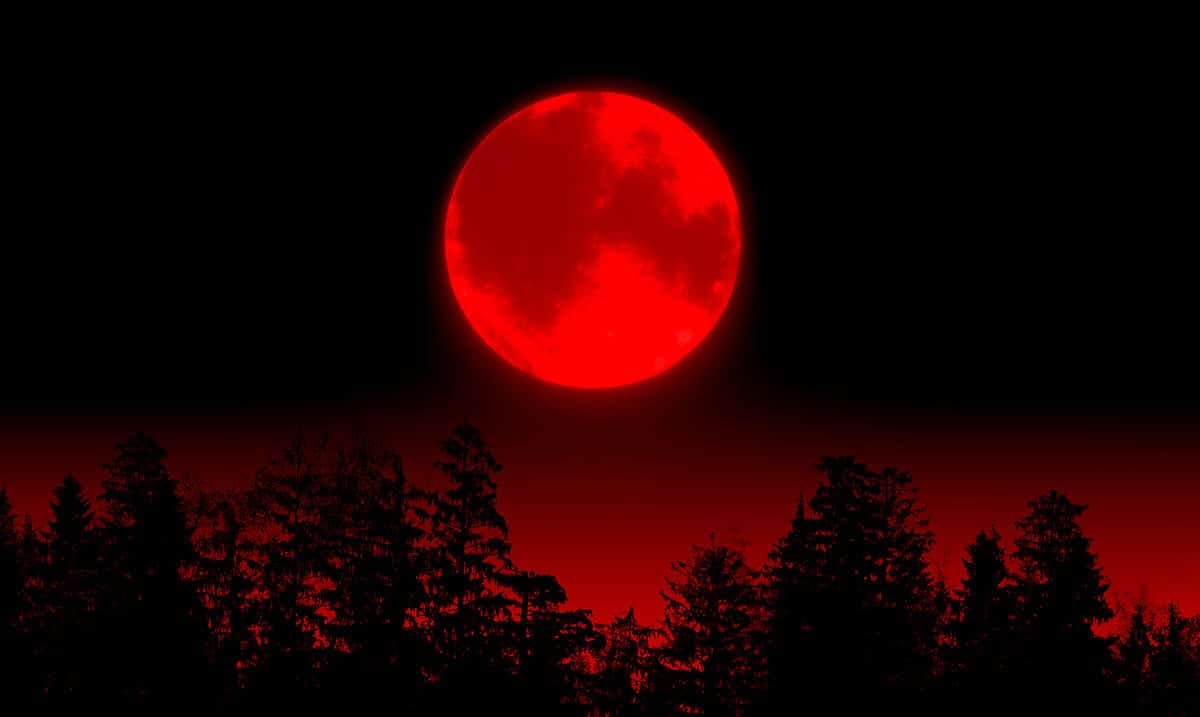The solstice moon is a captivating celestial event that aligns with one of the most significant astronomical phenomena: the solstice. Occurring twice a year, during the summer and winter solstices, this moon holds a unique place in the hearts of sky watchers and astronomers alike. Its appearance not only marks the change of seasons but also offers a spectacular view in the night sky.
Understanding the Solstice
Before diving into the specifics of the solstice moon, it’s essential to understand the solstice itself. The term “solstice” is derived from the Latin words “sol” (sun) and “sistere” (to stand still). It refers to the two points in the year when the sun appears to stand still at the highest or lowest point in the sky at noon, resulting in the longest day (summer solstice) or the longest night (winter solstice) of the year.
The summer solstice occurs around June 21st in the Northern Hemisphere and December 21st in the Southern Hemisphere. Conversely, the winter solstice happens around December 21st in the Northern Hemisphere and June 21st in the Southern Hemisphere.
The Solstice Moon
The solstice moon is the full moon closest to the solstice. This celestial event is significant because of the moon’s unique positioning and the cultural and historical importance it holds.
The Summer Solstice Moon
During the summer solstice, the moon’s path across the sky is at its lowest point. This results in the moon rising much later than usual, providing more extended daylight hours. The summer solstice moon is often referred to as the “Strawberry Moon,” a name given by Native American tribes to mark the strawberry harvesting season. Other names for this moon include the “Rose Moon” in Europe, reflecting the blooming of roses, and the “Honey Moon,” symbolizing the traditional time for marriages and honeymoons. The summer solstice moon is coming on the 20th, get ready!
A good pair of binoculars, like the Celestron Nature DX 8×42 Binoculars, can enhance your experience of viewing the summer solstice moon by providing a clearer and more detailed view.
The Winter Solstice Moon
Conversely, during the winter solstice, the moon’s path is at its highest point in the sky, making the nights longer and the moon’s presence more pronounced. The winter solstice moon is often called the “Cold Moon” or “Long Night Moon,” highlighting the extended hours of darkness. This full moon is particularly striking due to its bright, clear appearance against the backdrop of the long, dark winter nights.
For those interested in capturing the beauty of the winter solstice moon, the Nikon COOLPIX P1000 Digital Camera is an excellent choice with its powerful zoom and high-resolution capabilities.
Cultural Significance
Throughout history, the solstice moon has held deep cultural and spiritual significance across various civilizations. For ancient cultures, the solstice was a time of celebration and reflection, marking the turning points of the year. The solstice moon, with its luminous presence, was often seen as a symbol of renewal, fertility, and the cyclical nature of life.
- Ancient Celts: Celebrated the summer solstice with the festival of Litha, honoring the power of the sun. The full moon during this time was considered a potent symbol of light and life.
- Native American Tribes: Various tribes had their names and traditions associated with the solstice moon, using it to mark important seasonal events and agricultural cycles.
- Ancient Romans: The winter solstice was celebrated with the festival of Saturnalia, a time of feasting and merrymaking. The full moon added to the festive atmosphere, symbolizing hope and the return of longer days.
Observing the Solstice Moon
For modern sky watchers, the solstice moon is an opportunity to witness one of nature’s most awe-inspiring events. Observing the solstice moon requires nothing more than a clear night sky and a good vantage point. For the best viewing experience, follow these tips:
- Find a Dark Location: Light pollution can diminish the visibility of the moon and stars. Head to a rural area or a designated dark sky park for optimal viewing.
- Check the Moonrise Time: The moonrise time varies depending on your location. Check a reliable lunar calendar or astronomy app to know when the moon will rise in your area.
- Use Binoculars or a Telescope: While the solstice moon is visible to the naked eye, using binoculars or a telescope can enhance the experience, revealing more details of the moon’s surface.
For those interested in learning more about astronomy, “NightWatch: A Practical Guide to Viewing the Universe” by Terence Dickinson is an excellent resource.
Red Giant
Antares, the brightest star in the constellation of Scorpius, is an anchor star of summer skies. A red supergiant star 12 times the sun’s mass, it’s one of the biggest stars in the night sky. You can see it in the east tonight after dark, close to a big, bright, waxing gibbous moon.
The solstice moon is a breathtaking reminder of the intricate dance between the earth, sun, and moon. It serves as a natural marker of the changing seasons and offers a moment of reflection and wonder. Whether you are an avid astronomer or a casual stargazer, the solstice moon provides a unique opportunity to connect with the rhythms of nature and the vastness of the cosmos. So, mark your calendars, find a good viewing spot, and let the solstice moon illuminate your night.
If you want over 200+ ideas, phrases, and text messages to drive your man wild with desire for you, make sure to check out my new program, Language of Desire. I give you step-by-step instructions and tons of exact words to use to get exactly what you both want in and out of the bedroom.
P.S. The reason so many men “pull away” from women is because
women don’t understand this naughty secret about men. . .


